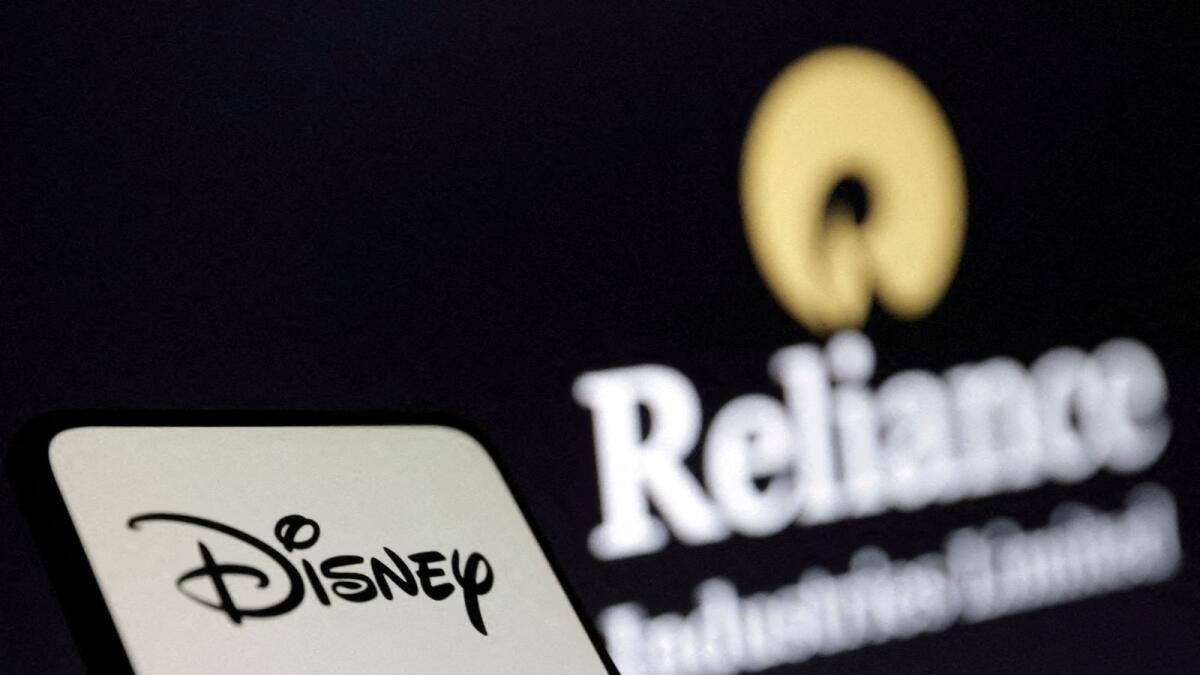The $8.5 billion merger between Walt Disney Co and Reliance Industries to combine their Indian media assets has been approved by India’s Competition Commission (CCI), with some modifications. The merger faced concerns about controlling broadcasting rights for cricket, India’s most popular sport, which could potentially harm advertisers. The new entity will become India’s largest entertainment player, competing against Sony, Netflix, and Amazon with 120 TV channels and two streaming services. Reliance and Disney have invested around $9.5 billion in TV and streaming rights for major cricket tournaments such as the Indian Premier League and International Cricket Council matches.
In order to address the regulatory concerns, the companies have offered concessions to the CCI, including commitments to not unreasonably raise advertising rates for streamed cricket matches and not bundle and sell advertising slots for different cricket tournaments. Both companies have previously offered free viewing of matches to attract users to their streaming platforms, aiming to convert them into paid subscriptions. The sports industry related sponsorship, endorsement, and media spending in India in 2023 totalled nearly $2 billion, with cricket accounting for 87% of the expenditure.
The merged entity will also hold Indian broadcast rights for other major sporting events such as the Wimbledon tennis championship, MotoGP, and the English Premier League. The majority ownership of the merged company will belong to Mukesh Ambani’s Reliance, Asia’s wealthiest individual. The CCI had raised around 100 questions to both companies during the approval process, indicating the level of scrutiny involved. The approval of the merger has sparked discussions about the potential monopoly on cricket advertisement revenues that the new entity could have in the broadcasting market.
The merger approval is a significant milestone for both Walt Disney Co and Reliance Industries as it allows them to strengthen their position in the Indian media and entertainment industry. By combining their assets, the two companies have created a formidable player in the market, capable of competing with global giants like Sony, Netflix, and Amazon. The merger also consolidates their hold on broadcasting rights for major cricket tournaments in India, securing a dominant position in a market with a massive fanbase for the sport.
The concessions offered to the CCI to address regulatory concerns demonstrate the companies’ commitment to fair competition and adherence to antitrust regulations. By agreeing not to unfairly raise advertising rates and bundle advertising slots for cricket tournaments, they aim to ensure a level playing field for competitors in the industry. The move is a strategic decision to navigate the complexities of the Indian media landscape and maintain a positive relationship with regulatory authorities.
The impact of the merger approval extends beyond the realm of cricket, as the merged entity will also have rights to other popular sporting events, further enhancing its content portfolio. With access to broadcast rights for prestigious events like the Wimbledon tennis championship and the English Premier League, the new entity is well-positioned to attract a wide audience and drive subscription growth. The merger sets the stage for increased competition and innovation in India’s media and entertainment sector, benefiting consumers with a diverse range of content offerings.











